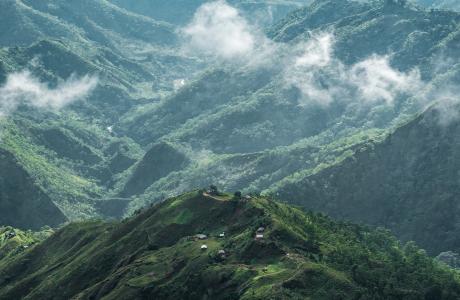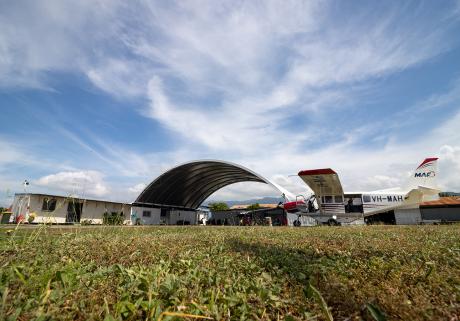Timor-Leste
Welcome to the Democratic Republic of Timor-Leste, known as East Timor or Timor Lorosae in Tetum (the local language) – one of the world’s youngest countries!
Timor-Leste lies off the northern coast of Australia, at the eastern end of the Indonesian archipelago. It comprises of the eastern half of the island of Timor, the small islands of Atauro and Jaco, and an enclave on the north-west side of the island called Oecusse.
Timor-Leste achieved formal independence on 20 May 2002, following a UN sponsored referendum in August 1999 in which over 78% of the population voted for independence. It is one of the poorest countries in the Asia-Pacific region.
The country has an abundance of natural beauty, with rugged mountains and a spectacular coastline. Timor-Leste also has mile after mile of pristine coral reefs, offering some of the best diving in the world. The reefs are home to a vast diversity of marine creatures, from turtles to whales sharks and dazzling shoals of colourful tropical fish.
Dili, the capital of Timor-Leste, is a small but buzzing city which is spread along the coast and has some beautiful beaches, interesting museums and markets that are definitely worth a visit.

